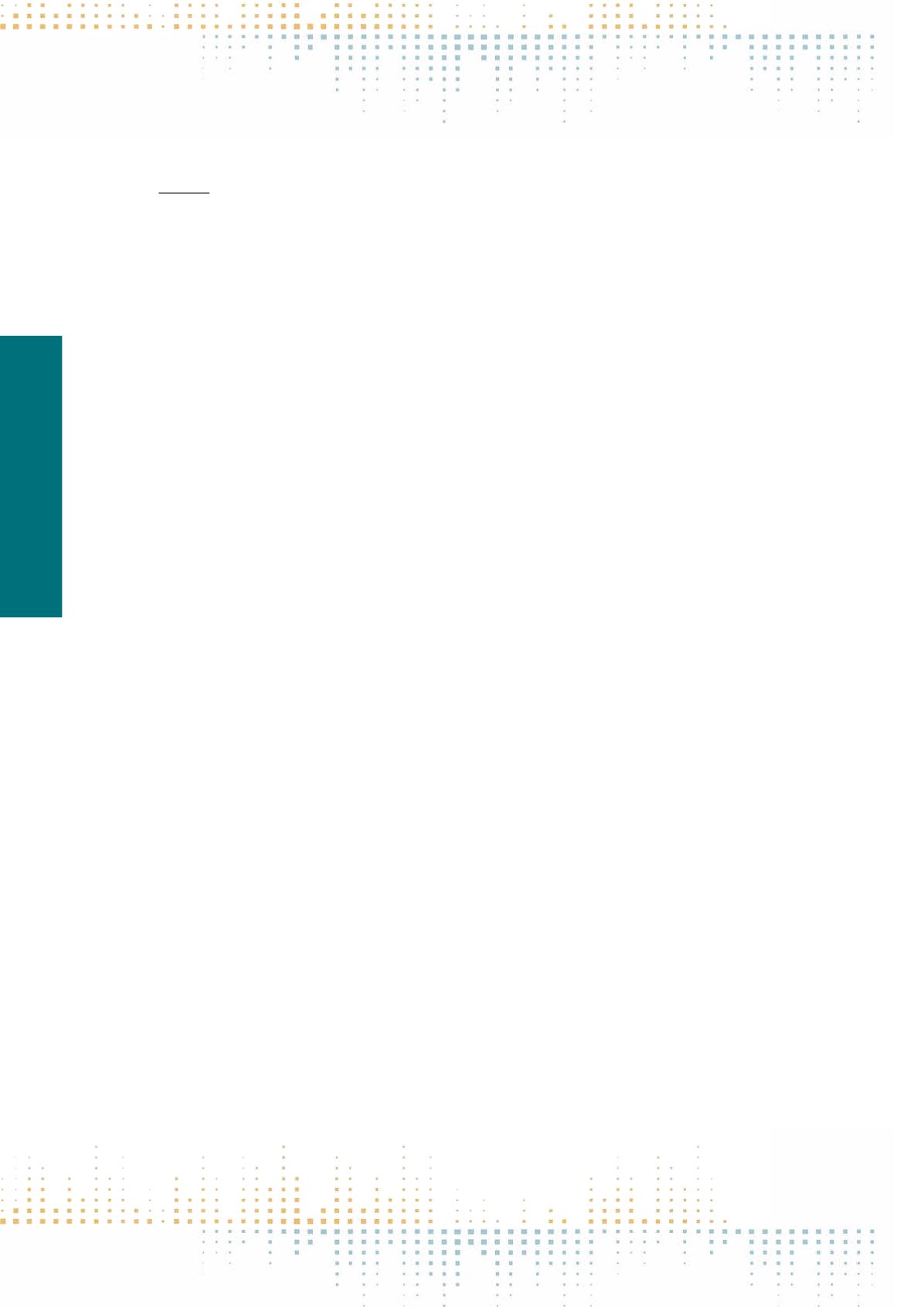

560
Friday, November 11
1 8 : 0 0 – 1 9 : 3 0
PP 460
Radio Listening and Social Consumption: Spanish Audiences and the Role of Traditional News Radio in the Digital Media Environment
in Spain
A. Amoedo
1,2
, M.D.P. Martínez-Costa
1
, E. Moreno
1
1
University of Navarra, Journalism Projects, Pamplona, Spain
2
University of Navarra, Center for Internet Studies and Digital Life, Pamplona, Spain
Radio listener behaviour as regards listening and audio consumption has changed over the last twenty years: nowadays a wide variety of devices, applica‑
tions and techniques for sharing audio enable listening, audio downloads and sharing, and the suggestion or recommendation of news-stories and other
kinds of audio/visual contents on social networks. Technology has evolved further since the cybermedia first emerged. Over the last years broadcasters have
been experiencing the effects of this technological revolution on content production processes. Convergence processes have transformed newsrooms, and
communication strategies in broadcasting have been extended into the multiplatform environment. Radio networks broadcast their continuous content
on-air and online, but also produce discontinuous broadcasts in the multiplatform sphere: moreover, standard production skills undertaken over the years
have become the basis for online production practices. In relation to media companies as such, traditional radio brands remain strong despite the increasing
diversity of new media and increased competition for audiences. Regarding the role of the receiver, the authors are aware of the significance of the active
role of the audience in the digital environment. Today, the central role of smartphones and the rise of social networks have launched new ways and habits
of listening and sharing news and audio content. Previous research by the authors explored the innovation processes undertaken by the most popular
general-interest radio networks in Spain (SER, COPE, Onda Cero and Radio Nacional de España) (1). The purpose of this paper is to trace the use-patterns
and preferences in the Spanish audience’s consumption of radio and the diversity of online audio formats, and to analyse the role of traditional news radio
brands in producing contents for the digital multi-platform environment. The methodology combines quantitative data (audience figures from the Spanish
Estudio General de Medios 2015, and data from the 2014 and 2015 Interactive Advertising Bureau-IAB research on online radio and audio in Spain) with key
qualitative analysis and data provided by sources such as the Reuters Institute’s Digital News Report and the Digital News Report Spain 2015. Furthermore,
the authors analyse online and on-air production at the main national radio stations to identify trends in audience behaviour in relation to different radio
outputs and the growing variety of platforms and devices. This paper is a work in progress for the authors. The preliminary findings have prompted a new
research project entitled “Uses and preferences of news in the new map of Media in Spain: Audiences, companies, content and managing of reputation in
a multi-screen environment”, whose funding (2016–2018) has just been approved by the Spanish Ministry of Economy and Competitiveness. (1) The au‑
thors have researched and published a range of papers within the framework of the research projects“The Development of Spanish Cybermedia in the Con‑
vergence Context: Multiplatforms and Journalistic Integration (2009–2012)” (CSO 2009–13713-C05); and “Innovation and Development of the Spanish
Cybermedia: Business Models and Multiplatform Coordination (2012–2015)”(CSO 2012–38467-C03–02).



















